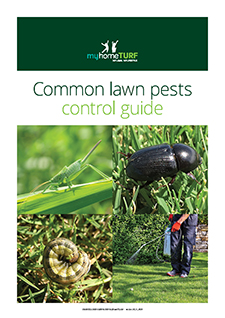How to Control Chafer Grubs in Your Lawn
Chafer Grubs are the larvae of different types of Scarab and Cockchafer Beetles, which live in the soil and feed on plant roots. The most damage is caused by final stage ...

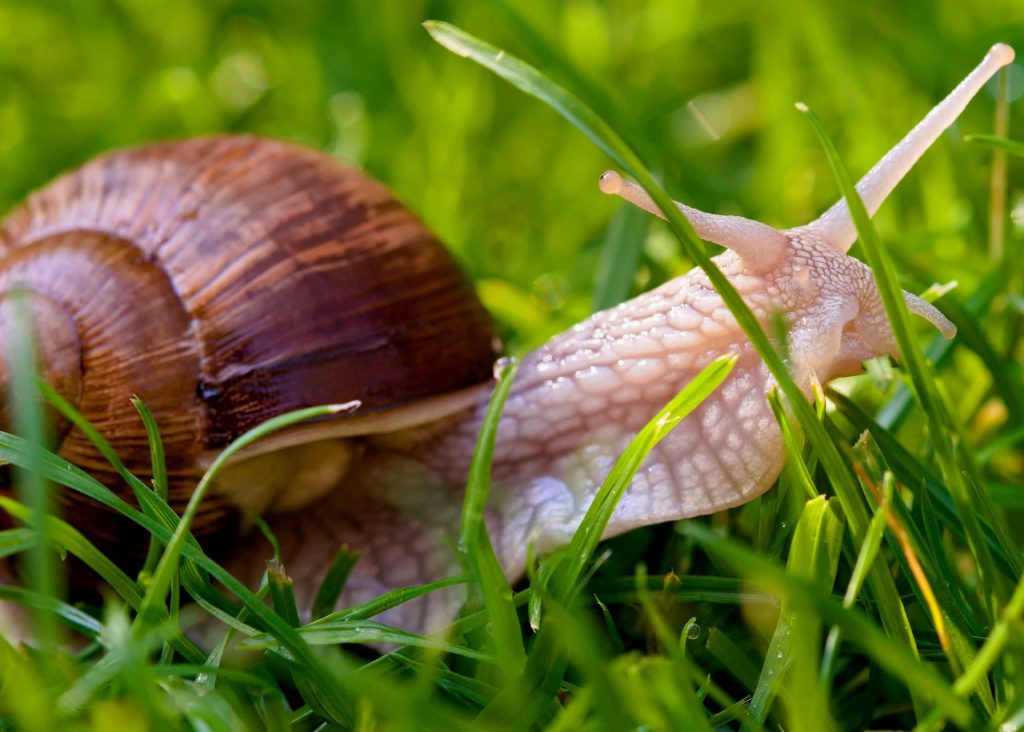 Most of the pest Snails and Slugs found in our gardens are not native species, but were introduced accidentally.
Most of the pest Snails and Slugs found in our gardens are not native species, but were introduced accidentally.
This includes the common Garden Snail, which arrived from the Mediterranean more than a century ago, and the Green Snail, Leopard Slug and Grey Field Slug which are serious agricultural pests.
In this article, we explain how to identify Snails and Slugs, when to look out for them and the best ways to control them without damaging your lawn.
We also recommend a range of products for managing Snails and Slugs and keeping your lawn in top shape.
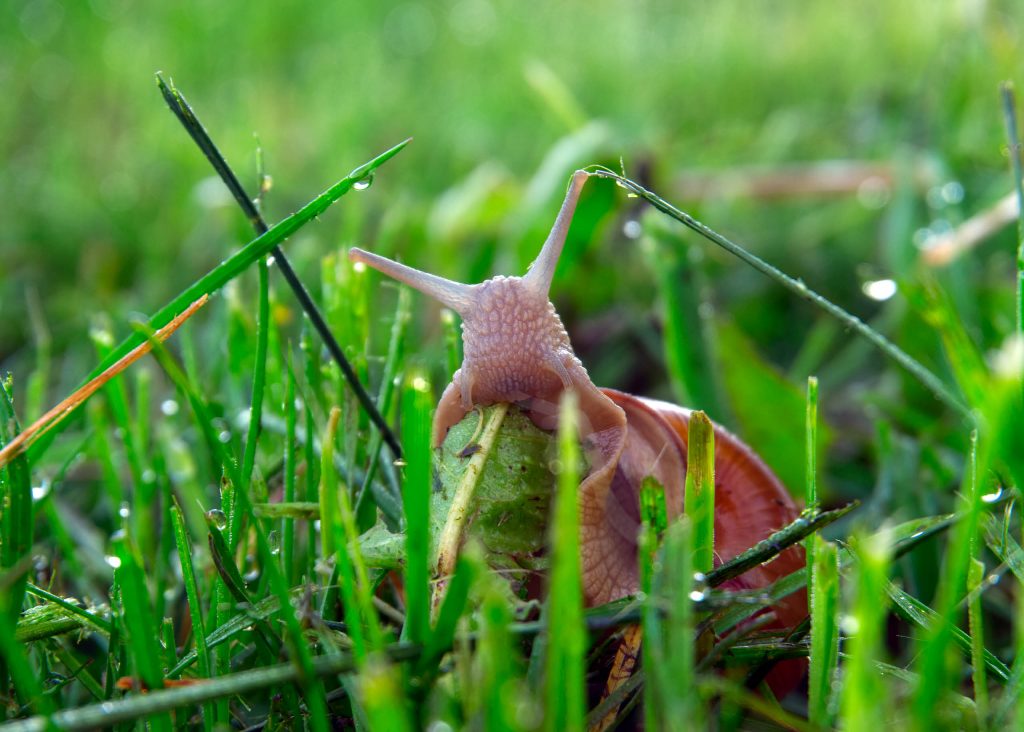 Snails and Slugs belong to the group of soft-bodied animals called gastropod molluscs.
Snails and Slugs belong to the group of soft-bodied animals called gastropod molluscs.
Snails have a large external shell used for protection, while Slugs have a small internal shell that helps them retain nutrients.
Both eat plants and vegetation, favour dark, moist habitats and leave a trail of slimy mucus wherever they go.
They can spread under their own steam, slowly, but are more likely to cover larger distances through the movement of plants, soil and other objects, such as garden and farming equipment.
While some Snails can be found feeding during the day, most Slugs are nocturnal, coming out only at night.
Snails and Slugs are not often seen during hot, dry weather when they take shelter under plants, rocks, piles of rubbish and weedy patches.
The Common Garden Snail, which can live for up to 12 years, has a shell about 25mm across and is brown, with a distinctive striped pattern.
Pest Slugs usually grow to about 50mm long, although the Great Leopard Slug can be double or quadruple that size. They have two pairs of tentacles on their heads, compared to the single pair on harmless Native Slugs.
Young Snails and Slugs will gnaw leaves down to a skeleton, while older creatures chew distinct holes.
Effective long-term control of Snails and Slugs requires a combination of cultural, biological and chemical methods rather than relying on a single solution.
There’s a range of Snail and Slug pellets, granules and baits available from garden centres and hardware stores.
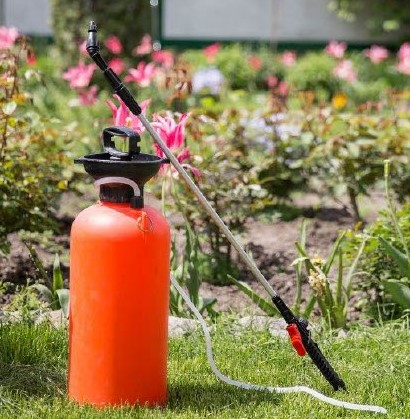 Always wear the appropriate protective equipment – gloves, safety glasses etc… – and read the product label before using any insecticide or insect repellent.
Always wear the appropriate protective equipment – gloves, safety glasses etc… – and read the product label before using any insecticide or insect repellent.
Products containing the active ingredients Methiocarb or Metaldehyde, are effective but harsh, and careless use can result in accidental poisoning of small children and dogs.
Consider pellets containing Iron EDTA, a compound that breaks down for use in the soil and by plants but won’t harm Earthworms and is approved for use in organic gardens.
Dogs can still find Iron Snail and Slug Baits attractive, and they may be toxic if consumed in large quantities.
The best time to bait is after summer rain or thunderstorms activate adult Snails and Slugs, and again in autumn before they can lay eggs that will spend winter hibernating in the soil.
If you are using sprays of any kind when you want to bait, apply the spray first, wait for it to dry, then apply the baits so they are not tainted by the spray.
Do not mix copper or other repellent products with the baits because they will deter Snails and Slugs from eating it.
Most products work by disrupting the ability of Slugs and Snails to feed or maintain necessary moisture levels.
It can take from 24 hours to a week to notice a difference. In some cases, you’ll see dead critters, but often they will seek shelter and die out of sight.
The main sign you’re winning the war against these pests is the absence of fresh plant damage or slime trails.
If you’ve followed the safety instructions and directions for use on the product label, there should be no risk to your lawn.
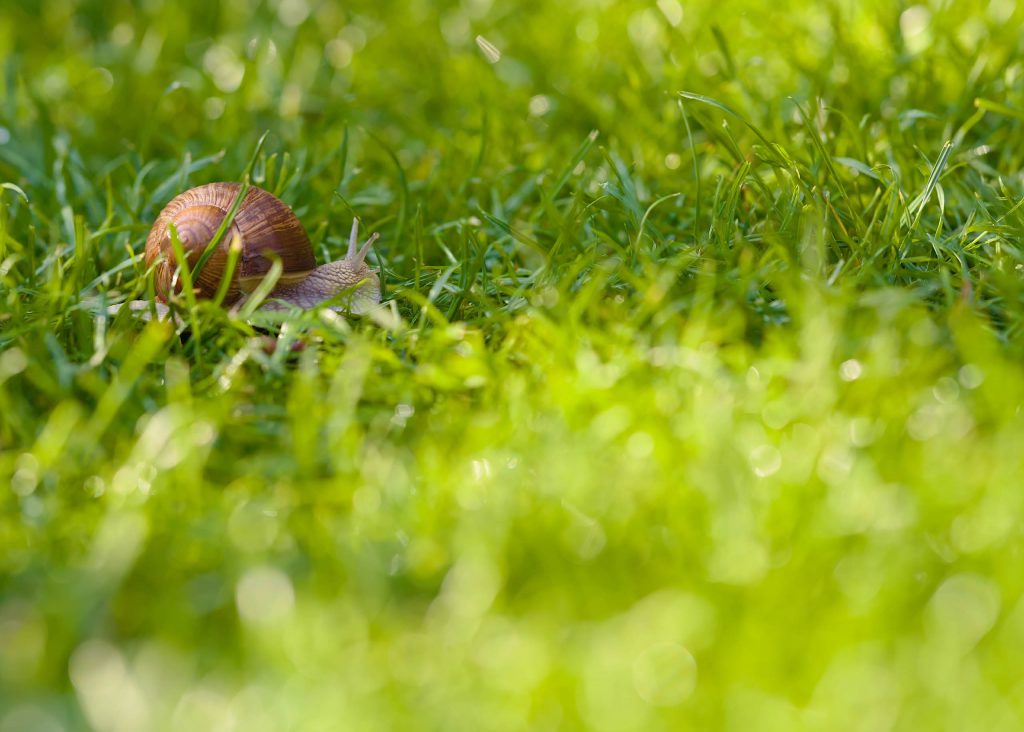 The best place to start is with tidying up your garden to remove potential breeding sites, such as weeds, empty pots and piles of firewood or rubbish.
The best place to start is with tidying up your garden to remove potential breeding sites, such as weeds, empty pots and piles of firewood or rubbish.
Turn over garden ornaments or feature rocks to see what’s lurking underneath.
It can be time consuming but collect Snails and Slugs – make sure you’re wearing gloves because they can carry disease – as you go and drop them into a bucket of soapy water, or hot water if you’re planning to feed them to the chooks.
It might be tempting to squash them under your boots, but this can still allow hatching of mature eggs that haven’t been laid.
As well as hunting during the day, head-out with a torch two hours after sunset to catch the nocturnal types.
Make your own Snail and Slug trap by partially sinking a plastic container into the soil and two-thirds filling it with beer or sugar water. They’ll be attracted to the smell and drown in it.
Throw the dead Snails and Slugs to your chooks or pop them in the bin.
Other products to try include:
For more information about managing pests in your lawn, and to browse our range of lawncare products from leading brands, visit myhomeTURF’s online store.
Sign up for our Newsletter to receive your free guide.
